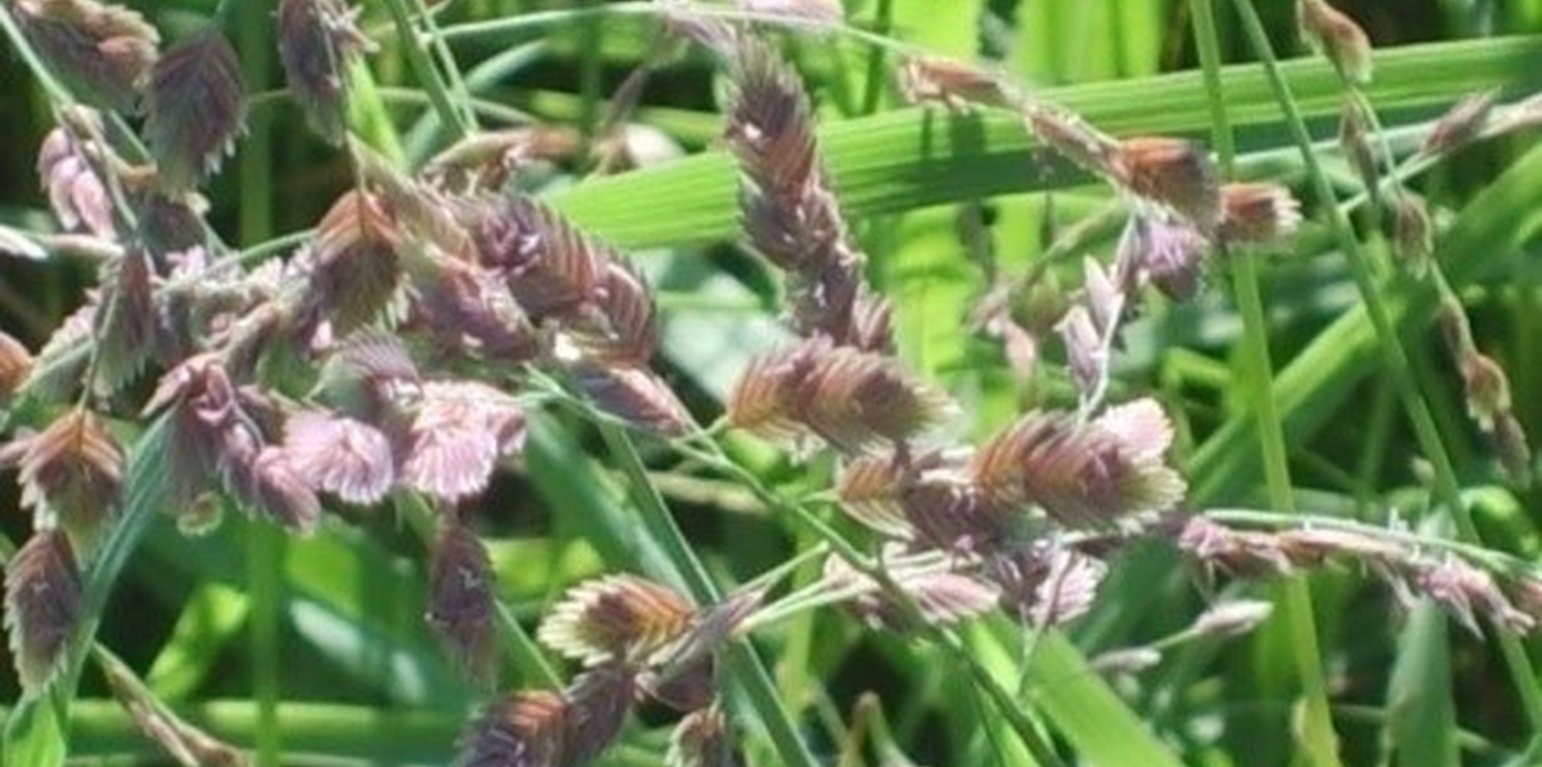



Grass reseeding is a sustainable land management practice especially appropriate for pastoral and agro-pastoral communities inhabiting the arid and semi-arid rangelands of the world. Seedbed preparation involves clearing of invasive bush patches and creation of furrows across the slope using an ox-plough (traditional) or shallow and light ploughing using a tractor (modern). Grass seeds are sown along the furrows which are created directly in the degraded grazing land. The seeds are lightly covered with soil because the indigenous grass seeds are very small. This encourages faster emergence of grass seedlings. The slope should be generally flat or very gentle (<5%) to reduce the speed of runoff, thus prevent soil erosion and consequently the washing away of the grass seeds. Eroded and deposited seeds will eventually lead to uneven establishment of pasture, mainly concentrated downslope. Minimal soil disturbance by ox-plough or tractor facilitates root penetration of the seedlings and also helps breaking the soil surface hardpan formed by continuous hoof action.
Furrows constitute a form of in-situ moisture conservation, capturing rainwater where it falls, thus increasing availability of water for emerging seedlings. The main purpose of this technology is to rehabilitate degraded natural pastures and provide a continuous source of livestock feed especially during lean periods. Use of indigenous grass species e.g. Eragrostis superba, Cenchrus ciliaris, Enteropogon macrostachyus and Chloris roxburghiana is advocated for better establishment and subsequent development. Ecological impacts of this technology include improved soil cover and reduced soil erosion. In addition to rehabilitating degraded natural pastures and improving quality and quantity for livestock production, grass reseeding has additional socio-economic impacts, thus benefiting rural livelihoods. This is through the sale of hay and grass seed and surplus milk in the local market, which provide supplementary sources of income.
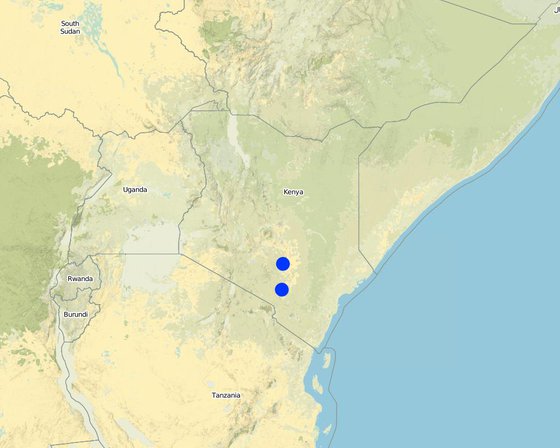
Местоположение: Kibwezi, Eastern, Кения
Число исследованных участков, где применяется Технология: 10-100 участков
Пространственное распространение Технологии: примененяется точечно/ на небольших участках
На постоянно охраняемой территории?:
Продолжительность применения Технологии: 10-50 лет назад
Тип внедрения/ применения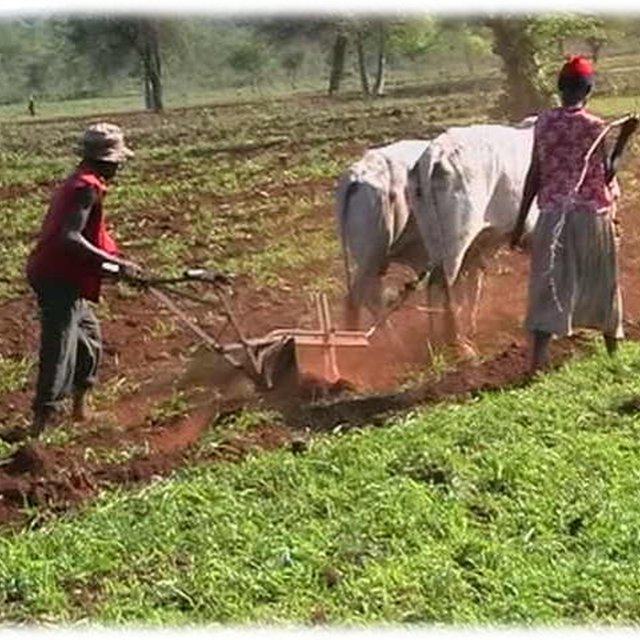
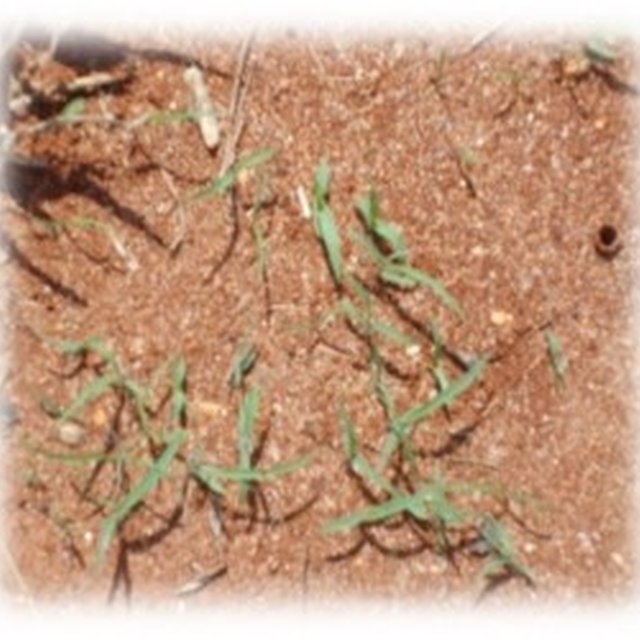

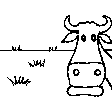

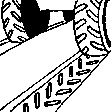


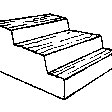
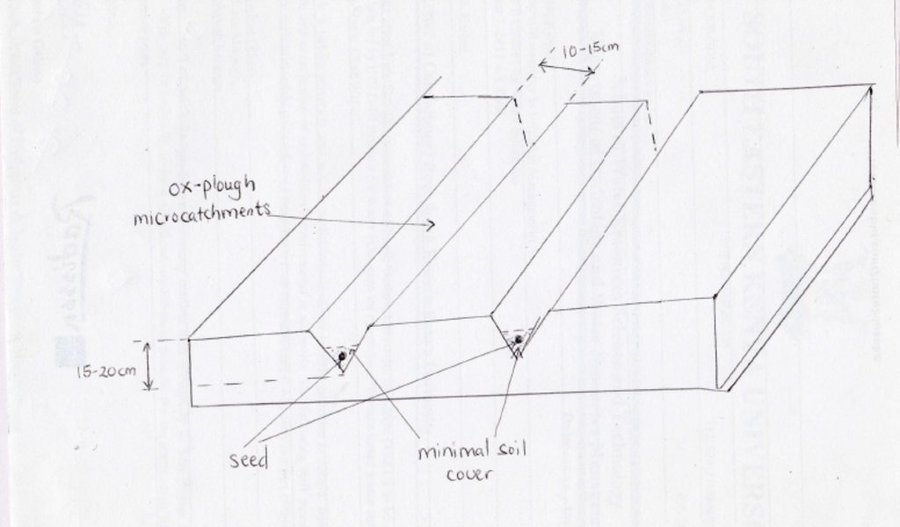
| Опишите затраты | Единица | Количество | Затраты на единицу (Доллары США) | Общая стоимость на единицу (Доллары США) | % затрат, оплаченных землепользователями |
| Оплата труда | |||||
| Casual and Household labour | person-days | 4,0 | 5,0 | 20,0 | 100,0 |
| Оборудование | |||||
| Hiring ox-driven plough | person-days | 4,0 | 100,0 | 400,0 | 100,0 |
| Посадочный материал | |||||
| Seeds | kgs | 5,0 | 10,0 | 50,0 | 100,0 |
| Общая стоимость запуска Технологии | 470.0 | ||||
| Общие затраты на создание Технологии в долларах США | 470.0 | ||||
| Опишите затраты | Единица | Количество | Затраты на единицу (Доллары США) | Общая стоимость на единицу (Доллары США) | % затрат, оплаченных землепользователями |
| Оплата труда | |||||
| Casual and household labour | person-days | 1,0 | 5,0 | 5,0 | 100,0 |
| Оборудование | |||||
| Ox-driven plough | person-days | 1,0 | 100,0 | 100,0 | 100,0 |
| Посадочный материал | |||||
| Seed | kg | 1,0 | 10,0 | 10,0 | 100,0 |
| Общая стоимость поддержания Технологии | 115.0 | ||||
| Общие затраты на поддержание Технологии в долларах США | 115.0 | ||||
Reseeded areas improve the soil hydrological properties by reducing the impact of raindrops thus reducing soil disturbance and increasing water infiltration capacity. Consequently, runoff, and sediment production - an index of soil erosion, are greatly reduced.